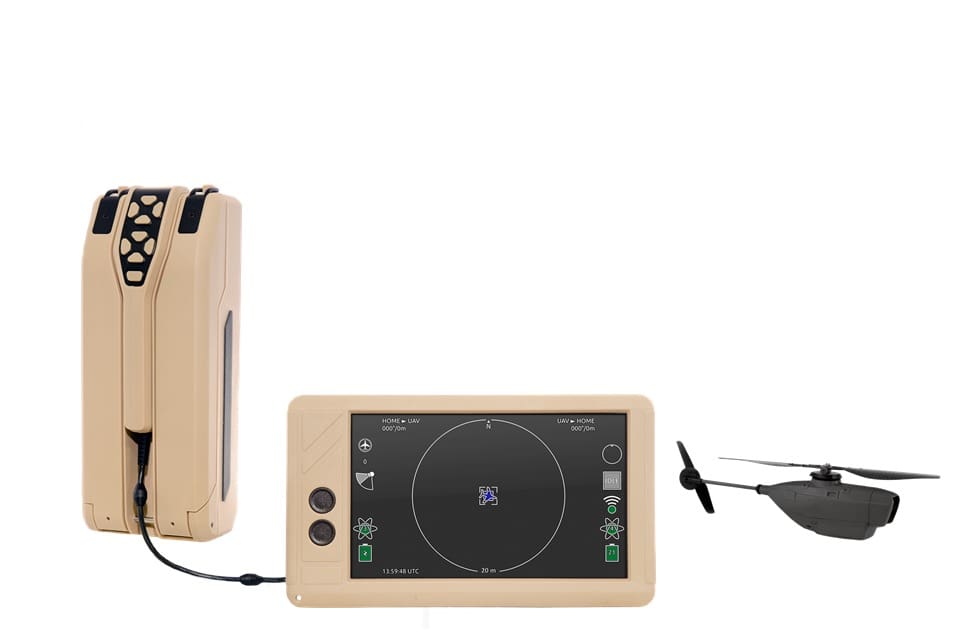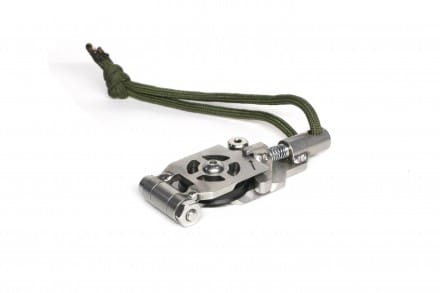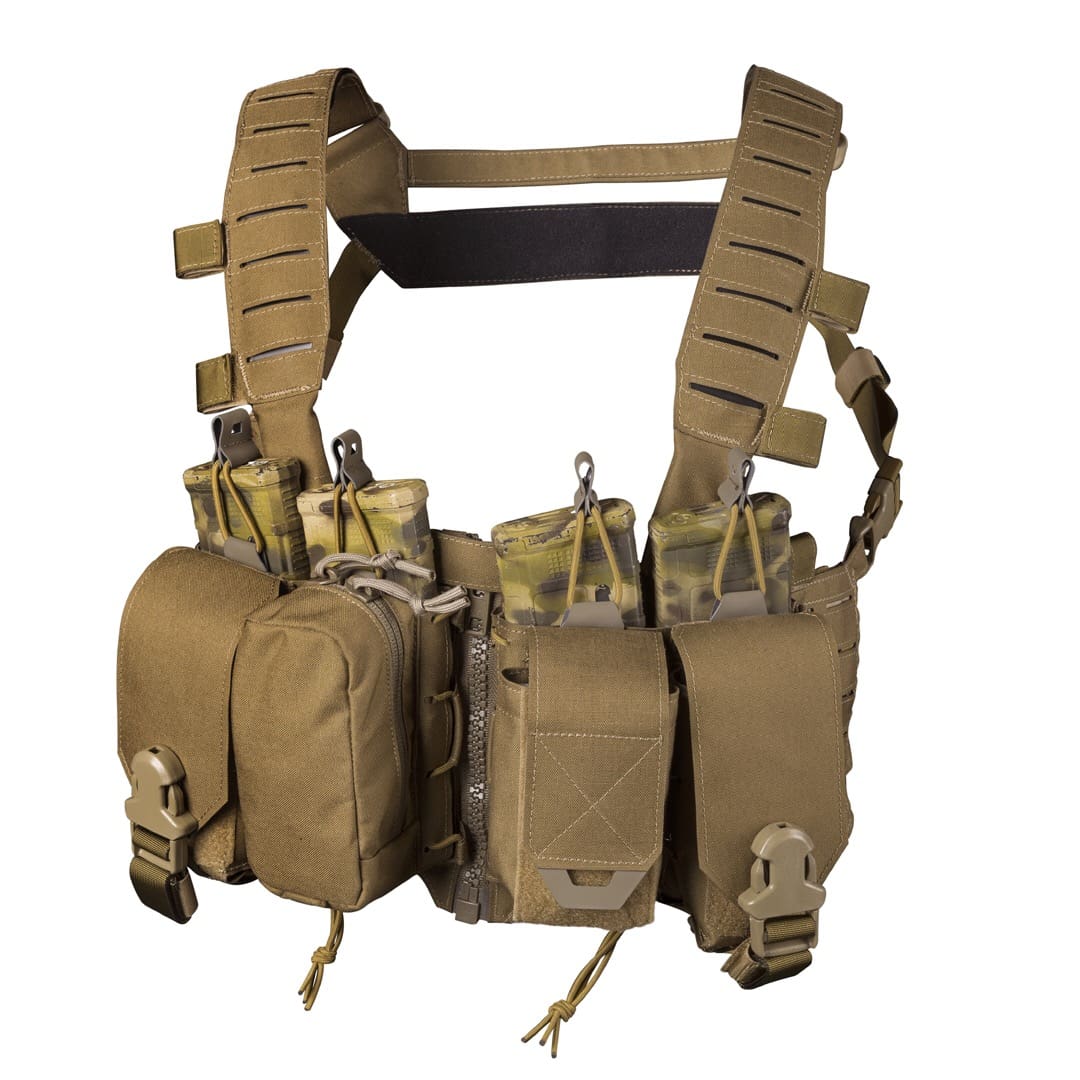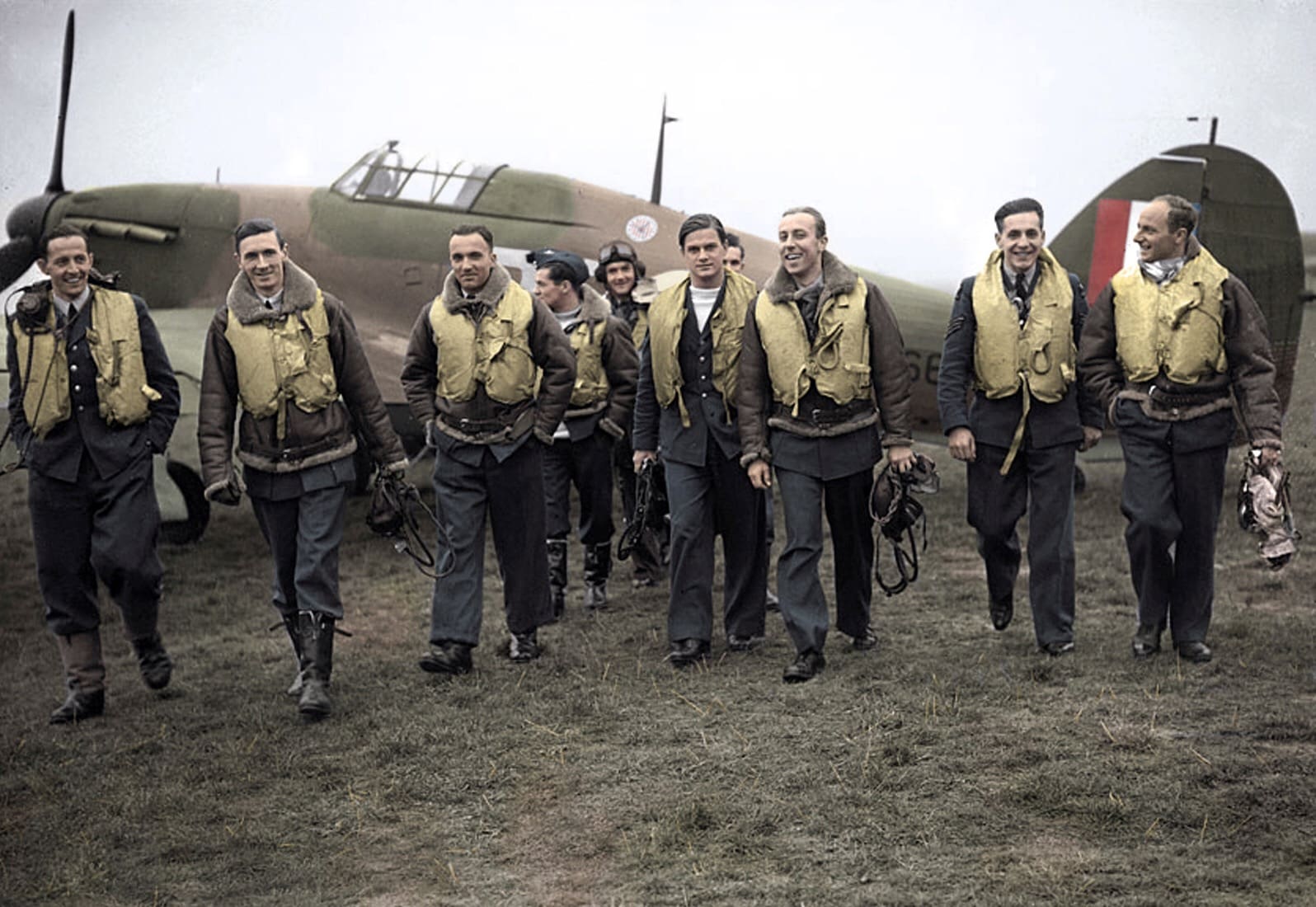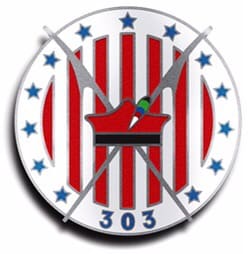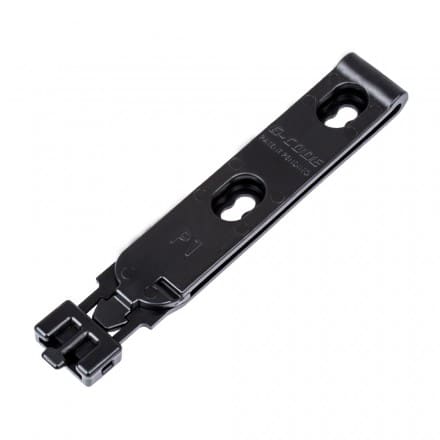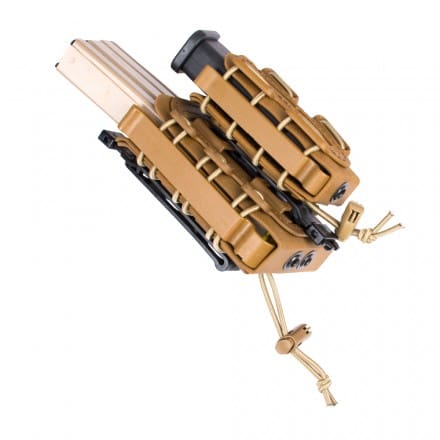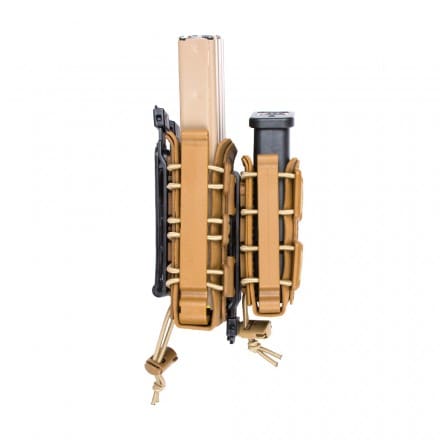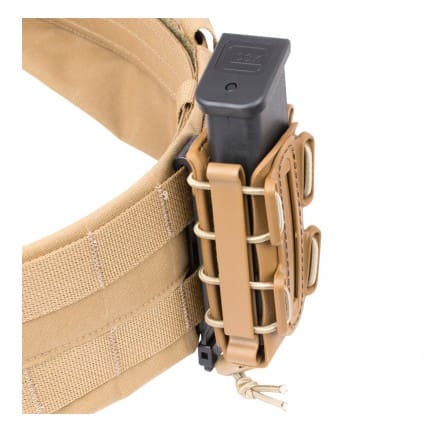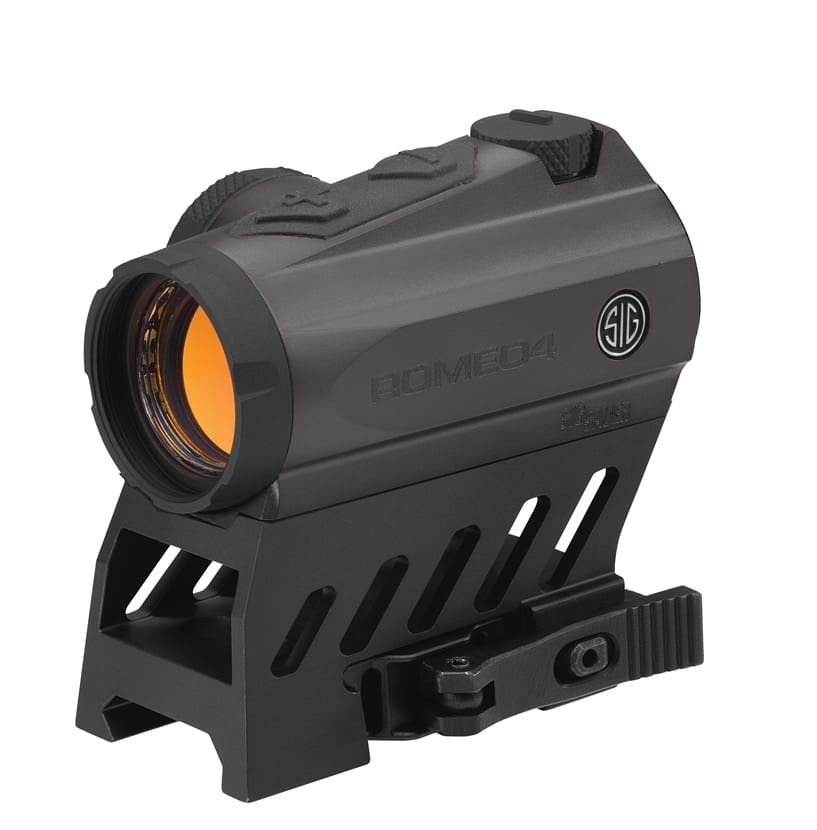SHERMAN OAKS, Calif., Nov. 28, 2016 (GLOBE NEWSWIRE) — Cherokee Global Brands (NASDAQ:CHKE) (“Cherokee Global Brands”, “CGB” or “the Company”), a global brand marketing platform that manages a growing portfolio of fashion and lifestyle brands, today announced that it intends to enter into a share purchase agreement to acquire Hi-Tec Sports International Holdings B.V. (“Hi-Tec”), a global footwear company.
Transaction Highlights:
-The Hi-Tec business to be converted to a branded licensing model, consistent with CGB’s strategy.
-CGB has secured license agreements for core footwear categories that will strengthen and expand our presence in the United Kingdom, Continental Europe, The United States, Canada and South Africa.
-Maintaining distribution agreements for core brands throughout the world including South and Central America and Asia.
-Expects to add approximately $19 million of licensing revenue and $7 million in Adjusted EBITDA during first full fiscal year post-closing.
-Adds significant, experienced growth-oriented wholesale operating partner licensees.
-Dramatically expands global retail base to over 110 countries.
-Offers attractive cross-selling opportunities between CGB and Hi-Tec brand portfolios, including rapid expansion into apparel accessories and outdoor products.
Founded in 1974 and based in the Netherlands, Hi-Tec is a privately-held branded footwear company that designs, markets and sells footwear globally, primarily under the Hi-Tec and Magnum brands. Hi-Tec’s brands are sold in over 110 countries, predominately in the United Kingdom, Continental Europe, the United States, Canada, South and Central America and Asia through major retailers, independent distributors, licensees and direct to consumers. In 2015, Hi-Tec recorded revenue of approximately $143 million (based on a 1.1 Euros to each U.S. dollar exchange rate, which represents the average exchange rate for calendar year 2015), on worldwide wholesale sales estimated by third-party research to be approximately $288 million, including products sold under the Hi-Tec and Magnum brands.
Upon closing of the transaction, Cherokee will sell substantially all assets related to Hi-Tec’s wholesale operations to new operating partners, the proceeds from which shall fund a portion of the Hi-Tec acquisition purchase price. Concurrently, the new operating partner licensees are entering into license agreements with Hi-Tec Sports International Holdings B.V., a wholly owned subsidiary of Cherokee Inc., pursuant to which each operating partner will pay Cherokee royalties for the future use of Hi-Tec intellectual property. The headquarters of Hi-Tec will remain in Amsterdam.
In view of the founder’s strong ties with Africa, the subsidiary Hi-Tec Sports South Africa has been purchased by Hi-Tec’s founder, Frank van Wezel himself. He has negotiated a license and distribution agreement with Cherokee which enables him to grow the company and its brands (such as Hi-Tec, Magnum, Carrick and Interceptor) strongly in that part of the world.
“The acquisition of the Hi-Tec and Magnum brands aligns with our strategic focus of diversifying and building upon our active lifestyle portfolio as we continue to grow our global footprint,” stated Henry Stupp, Chief Executive Officer of Cherokee Global Brands. “Hi-Tec’s high-equity brands will build upon our presence in the active, outdoor markets, and we are excited by the potential to further expand these brands into additional categories including apparel, accessories, wearables, outdoor products and more.”
Mr. Stupp continued, “Consistent with our business model and strategy, we will convert the Hi-Tec business to a branded licensing model. We look forward to maintaining and working alongside Hi-Tec’s exceptional leadership and product development team to identify and secure additional wholesale and retail licensing partners that will help commercialize the brands, and to continuing relationships with the well-established supply chain as it transitions to our new operating partner licensees.”
“Hi-Tec’s global customer base adds significant wholesale and retail opportunities that we expect will deliver compelling cross-selling opportunities between the CGB and Hi-Tec and
Magnum brand portfolios,” Stupp added.
Founder and Chairman, Frank van Wezel, of Hi-Tec Sports is delighted to make this announcement: “I believe the future of the Hi-Tec company is in good hands with Cherokee Global Brands. When I started the company in 1974, I could not have foreseen the global success of the company until this day. It has been a wonderful experience, and I am happy to remain with the new company as Chairman Emeritus and Ambassador for at least the next five years. It is now time to turn the management over to the capable management team led by my son, Ed.”
“This is an exciting time, and we are pleased to join Cherokee Global Brands,” stated Ed Van Wezel, CEO of Hi-Tec. “Cherokee Global Brands has built a compelling global platform, that combined with the new brand licensing model will allow us to adapt to the fast-changing retail and consumer environment, broaden the reach and offering of Hi-Tec’s core brands while we build upon our select distribution channels that have been established over the past 40 years. I look forward to working directly with Henry Stupp and the Cherokee Global Brand’s team. We look forward to making Hi-Tec’s products available to an even broader global customer base, as we expand our existing relationships through new product category introductions.”
Assuming the Hi-Tec acquisition is consummated, Cherokee expects Hi-Tec to contribute approximately $19 million of licensing revenue and $7 million in Adjusted EBITDA during the first full fiscal year after the closing of the acquisition.
Cherokee intends to fund the purchase price through cash on hand, proceeds from a new credit facility with Cerberus Business Finance, LLC (“Cerberus”), proceeds from the sale of assets, including to the new operating partner licensees, a receivables funding loan to be provided by its Chairman of the Board and the net proceeds from the proposed public offering of common stock as further detailed in the preliminary prospectus supplement filed by the Company on November 28, 2016.
The acquisition will be effected by a share purchase agreement under which Cherokee Global Brands will acquire all the issued and outstanding share capital of Hi-Tec Sports International Holdings B.V., for an aggregate cash purchase price of approximately $95.8 million on a cash-free debt-free basis, based on normalized working capital. Subject to post-closing adjustments, and after giving effect to the asset sales and the other transactions in this release, Cherokee expects that the purchase price for the Hi-Tec intellectual property assets to be retained by it will be approximately $62 million. The parties expect the transaction documents to become effective on November 29, 2016 and the transactions to close in the current fiscal quarter ending January 28, 2017.
NIBC Bank is acting as exclusive financial advisor to Hi-Tec, and Houthoff Buruma is acting as legal advisor to Hi-Tec. Houlihan Lokey and Symphony Investment Partners are acting as financial advisors to Cherokee, while Morrison & Foerster is acting as legal advisor.
(Source: phx.corporate-ir.net w/ H/T to Xiao)


